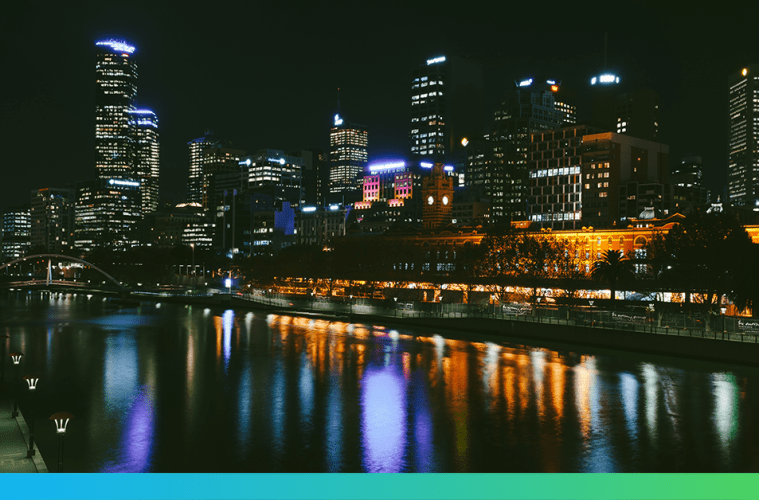Ever thought of moving to Melbourne? Our guide should give you some idea about what life might be like down under.
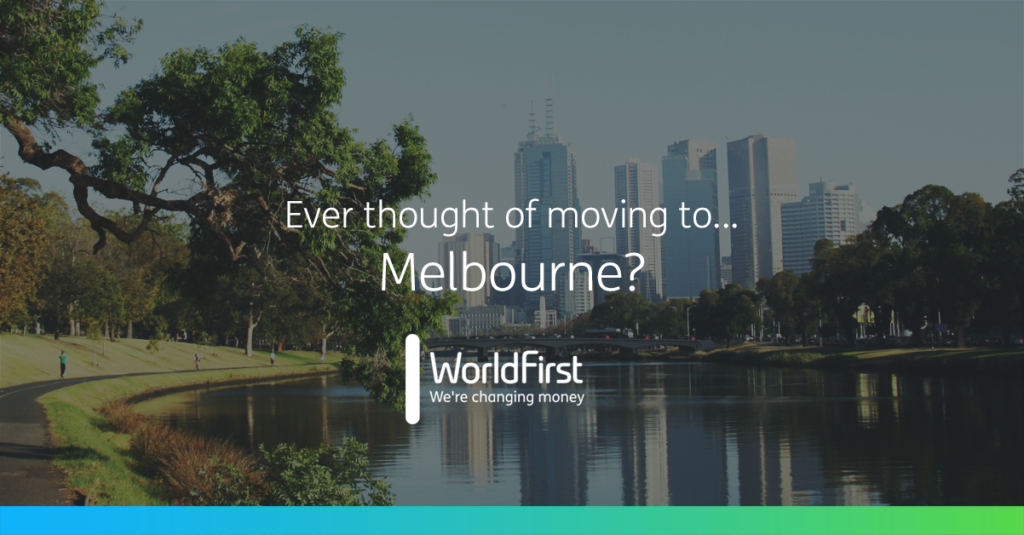
Where to live
First of all, here’s a little bit of history to get us started. Melbourne’s only really existed since around 1835, but this relatively young city has been through a lot since then. Following the economic boom as a result of the discovery of gold in the region – which at the time made Melbourne the world’s richest city – that legacy of wealth has left Melbourne with some beautiful Victorian architecture.
And stunning Victorian properties are exactly what you’ll find in the neighbourhoods of Hawthorn and Sandringham, both of which are ideal for families with their sprawling parks. Hawthorn is just five miles from the city centre, with bayside-Sandringham about nine miles away. For those with a taste for beachside living, relaxed Williamson and Brighton are popular choices. For those with edgier requirements, the young, creative town of Brunswick or the hipster Fitzroy are popular choices. Basically, there’s a part of Melbourne to suit every age and every taste.
The Economist Intelligence Unit’s 2014 Liveability Survey put Melbourne at the top of the list of the most liveable cities in the world, the fourth time in a row it had achieved that accolade.
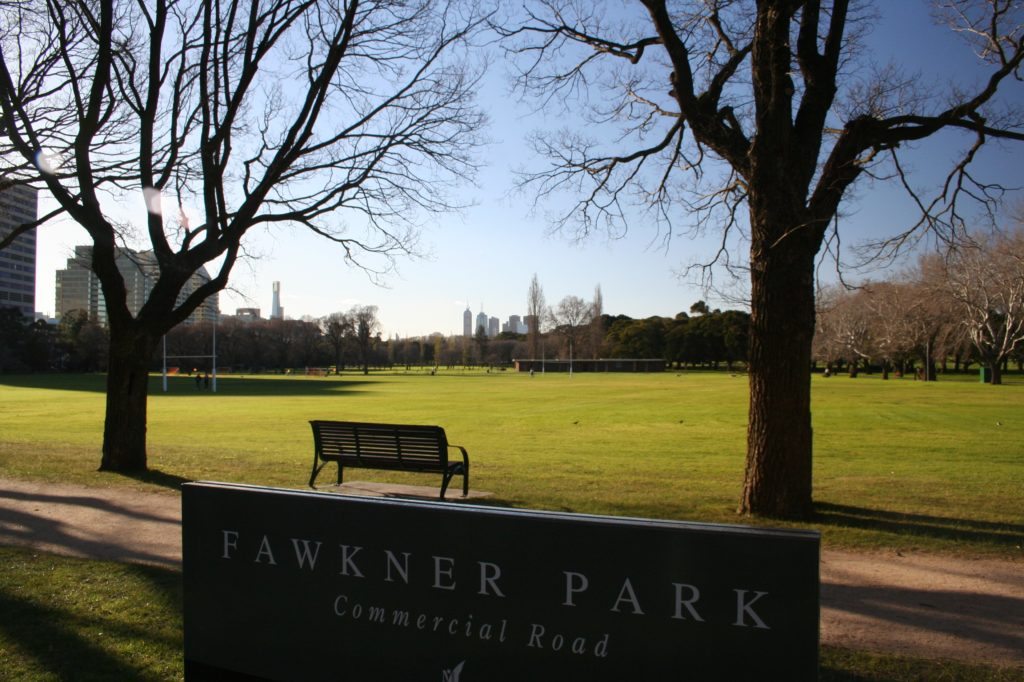
How far your money goes
Property prices in Melbourne are on the up, having risen by over 10% in the year to July 2015. Everyday essentials are also likely to be on the expensive side, and your weekly food shop is likely to cost more than what you’re paying in the UK. That said, you’ll find that some things will cost less. The average meal out for two costs £36. Getting about is cheaper too, with a litre of petrol at 63p, new cars thousands of pounds cheaper and public transport between a third and half as much as in the UK. (Figures from Numbeo).
It’s worth bearing in mind that Melbourne is the second most expensive city in Australia – after Sydney – and it’s the cost of accommodation, shopping and lifestyle activities that you may consider to be the most expensive. Keeping in touch with home will be on the expensive side too, with pricey telecommunications prices to account for. The average internet bill in Melbourne is 130 AUD – around £60 per month.
Getting about
Melbourne’s public transport network of trains, buses and trams is inexpensive, safe and covers a wide area. Everything works with a prepaid card, known as Myki (a bit like an Oyster card, for those in London). Trams within the city centre are completely free. However the system is aging and is not adapted to the current population of the city, which can make public transport a frustrating experience during peak times.
If you’re travelling further afield for work, and expect to make regular trips around Australia on business, due to the sprawling nature of the country, you can expect to take many hours getting from place to place.
Cuisine
Melbourne is Australia’s culinary hotspot, with everything from world famous cuisines to small burger joints and food trucks. There’s a real diversity of ethnic restaurants hidden down Melbourne’s laneways, and even Gordon Ramsay has something good to say about Melbourne’s foodie scene, calling it “Australia’s culinary engine room”. From him, that’s praise indeed.
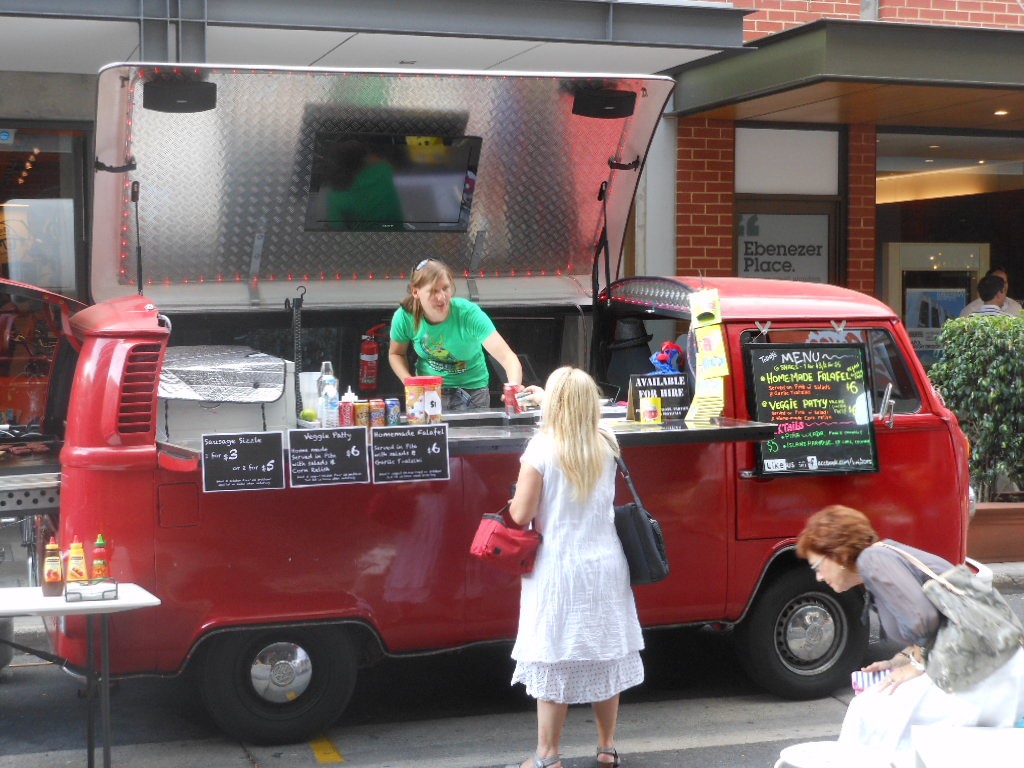
Schools
The school year in Australia runs from late January until early December and is divided into four terms, with the summer and Christmas holidays being combined into one. State schools are of a good standard, and every child is guaranteed a place at their local school. The University of Melbourne and Monash University are regularly ranked highly in the top Australian Universities, with the University of Melbourne at number 33 in the 2015 Times’ worldwide Higher Education rankings.
Getting a job
Before you get a job, you’ll need a 457 visa. A 457 visa is a work permit which lets non-nationals work in Australia for a maximum of four years. This one visa legally allows your whole family entry to Australia, as it’s a multiple-entry visa.
When it comes to the job itself, there tends to be a number of openings for those prepared to live in the smaller towns and cities outside the central business district, where skilled employees are in greater demand. The biggest opportunities in Victoria / Melbourne are in the fields of manufacturing, science and retail.
You’ll find Melbourne workplaces to be relaxed and informal though still wholly professional.
Weather
OK, so I’m not sure this will be news to you, but Melbourne can get pretty hot. The average daytime temperature in the summer (December to February) is 25 degrees Celsius, and on a particularly toasty day, the temperatures can get as high as the mid-40s Celsius. The average daily sunshine at that time of the year is a glorious seven hours. The high temperatures can sometimes stop trains from running on their tracks (at least they have a good reason there!) and there is a risk of bushfires in some areas. The winters are cool but pleasant, with an average temperature of 14 degrees. The question is, are you prepared for a hot sunny Christmas Day, or will that just feel odd?
Best bits
- Half of the population is less than 35 years old (it’s up to you whether you think that’s a good or a bad thing)
- Beaches close to the city centre, and well-kept parks as well
- Interesting culture
- A cheaper and shorter commute
- Summer festivals
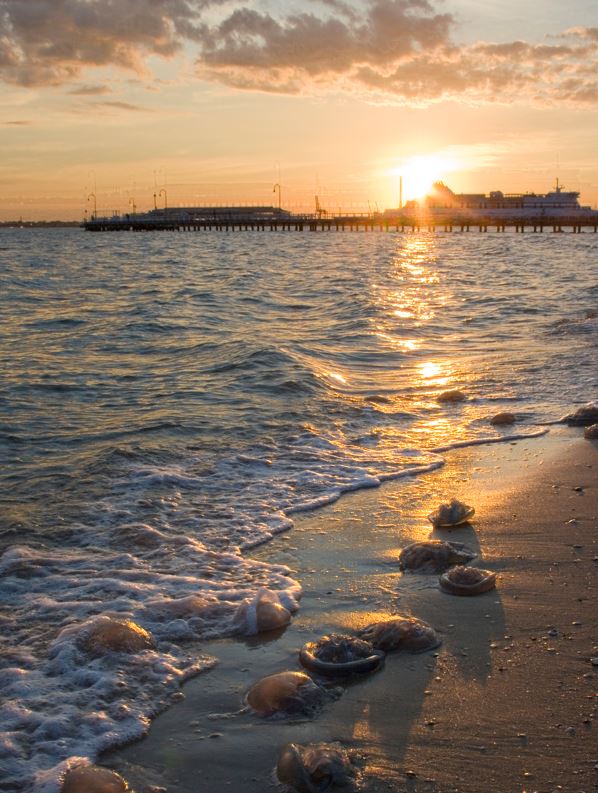
Worst bits
- While summer is fun-packed, not a lot happens over the winter
- Public transport can’t keep up with the growing population
- Isolated, the closest overseas holiday is New Zealand
- Pricey property
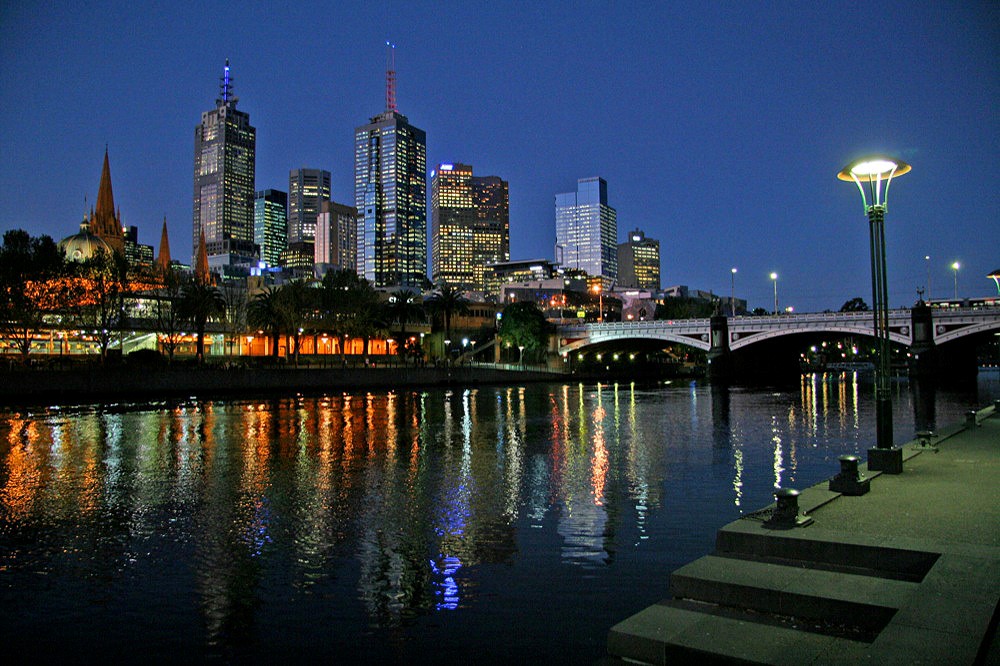
So there you have it. Melbourne in a nutshell. If you fancy a move down under, that may have given you food for thought. Find out more about using World First to transfer money to Australia.


